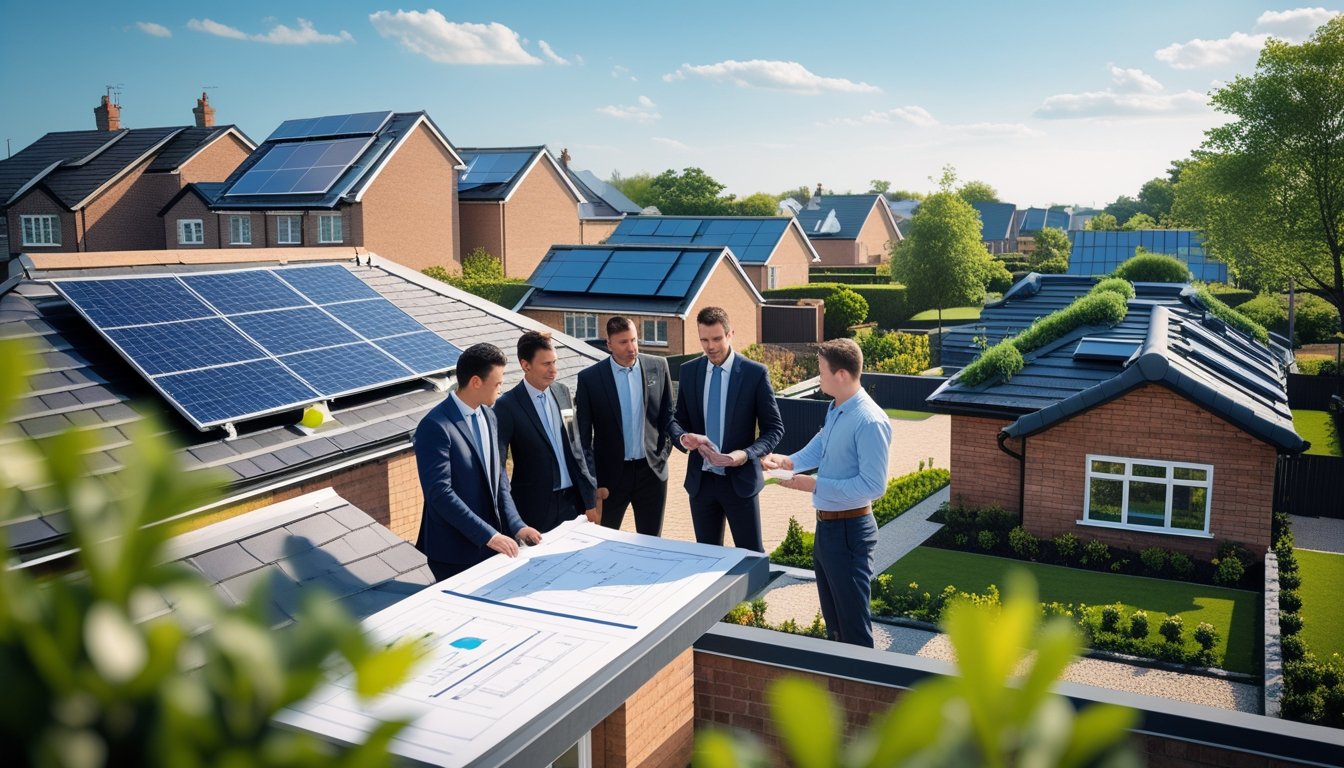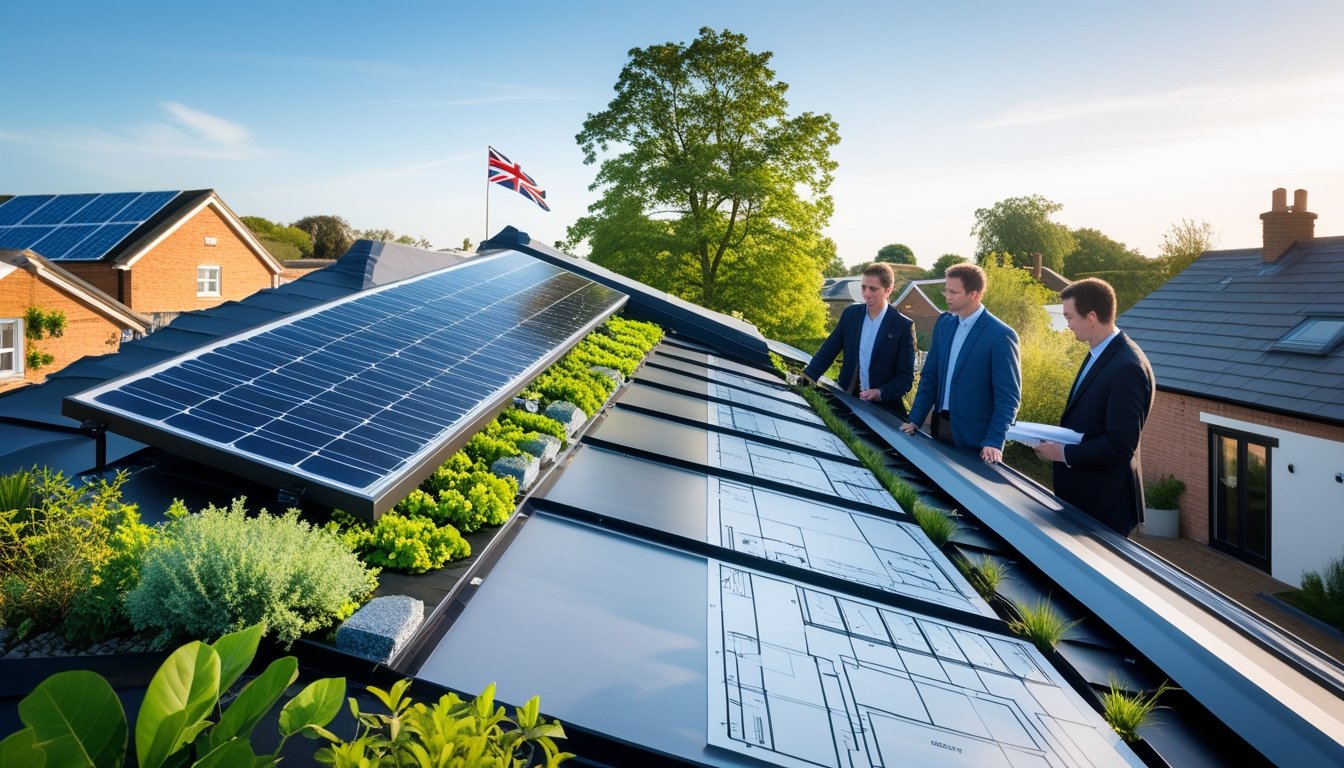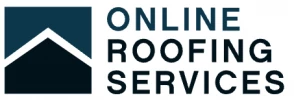Late updated: 27 May 2025 14:05
Written by: Oliver Bennett
Understanding Sustainable Roofing Regulations in the UK: A Comprehensive Overview
The concept of sustainable roofing is gaining momentum in the UK as individuals and businesses increasingly recognise the environmental and economic benefits. With communities and governments striving for greener cities, roofing regulations have evolved to facilitate environmentally friendly construction practices. The UK has a unique set of sustainable roofing standards designed to enhance energy efficiency and promote eco-friendly building practices. These regulations are crucial in providing guidance and structure for everyone involved in the planning, installation, and maintenance of roofs.

Understanding the regulatory framework is essential for architects, builders, and homeowners interested in incorporating sustainability into their projects. The guidelines ensure consistency and quality, helping to overcome common challenges in the adoption of green roofing solutions. By adhering to these standards, we contribute to reducing the urban heat island effect, improving air quality, and conserving biodiversity.
We invite our readers to explore how these regulations shape sustainable roofing practices, influencing the materials we choose and the designs we implement. Whether you are a professional in the industry or a homeowner interested in sustainable living, unlocking the potential of green roofing innovations can transform not only your property but also the broader environment.
Key Takeaways
- The UK has unique sustainable roofing regulations.
- Understanding these standards ensures quality and consistency.
- Sustainable roofing practices benefit the environment and efficiency.
Regulatory Framework for Sustainable Roofing in the UK

Sustainable roofing regulations in the UK address various aspects such as insulation, energy efficiency, and environmental impact. They aim to ensure that roofing projects align with national sustainability initiatives and contribute to carbon reduction.
Overview of UK Roofing Standards
UK roofing standards are critical in ensuring that structures meet specific building requirements. These standards emphasise safety, energy efficiency, and structural integrity. For sustainable roofing systems, standards such as the GRO Green Roof Code are instrumental. They guide the design and installation of green roofs, incorporating elements like blue roofs and biosolar roofs. These technologies contribute to biodiversity and support the National Grid by improving energy efficiency. Adherence to these standards is mandatory for compliance with UK building codes.
Key Legal Requirements for Sustainable Roofing
Legal requirements for sustainable roofing focus on reducing environmental impact and enhancing building performance. Regulations mandate the use of materials that support sustainability and energy efficiency targets. For instance, the Building Regulations 2010 sets out specific U-values for insulation, minimising heat loss. Roofing installations must also comply with energy performance standards, contributing to overall carbon emission reduction. These legal frameworks are vital for roofing projects aiming to meet legislative and environmental goals. Understanding these requirements ensures that our projects not only comply with the law but also promote sustainability.
Authorities and Compliance Bodies
Compliance with sustainable roofing regulations in the UK requires engagement with several authorities and compliance bodies. Local planning authorities oversee the adherence to building codes and issue necessary approvals. The Department for Energy Security and Net Zero provides guidelines on sustainable practices and energy efficiency. They play a role in shaping policies that impact roofing systems. Compliance is further audited by bodies such as BRE Global and BSI Group, ensuring the standards and regulations are consistently met. Engaging with these entities is essential for the successful delivery of sustainable roofing solutions.
Implementing Sustainable Roofing Solutions

We focus on integrating eco-friendly practices into roofing systems that align with UK sustainability goals. This involves selecting approved materials, understanding guidelines for green roofing, and connecting energy-efficient systems with the national grid.
Approved Materials and Eco-Friendly Options
Approved materials for sustainable roofing are central to enhancing energy efficiency and reducing environmental impact. Options like recycled metal and sustainable timber are increasingly used due to their durability and lower carbon footprint.
Innovations in solar reflective shingles provide benefits such as reduced cooling costs and enhanced indoor comfort. We must consider the thermal performance of materials, which is crucial for compliance with UK regulations. By choosing eco-friendly options, we contribute to both conservation efforts and long-term savings.
Green Roofing Guidelines and Support
Green roofing is a significant component of sustainable architecture and requires adherence to specific guidelines. Regulations in the UK support the use of vegetative layers that provide natural insulation and improve air quality. To ensure the success of green roofing projects, it is essential to utilise local, drought-resistant plants that adapt well to the regional climate.
Professional installation and regular maintenance play vital roles in the longevity and effectiveness of these systems. Many public and private initiatives offer financial incentives and technical assistance, promoting widespread adoption of green roofing practices.
Integrating Roofing with the National Grid
Connecting roofing systems to the national grid amplifies the environmental benefits and efficiency of sustainable roofing. Technologies such as solar panels mount seamlessly onto various roof types, providing renewable energy that can be fed back into the grid.
This integration reduces reliance on non-renewable resources, leading to cost savings for homeowners. Energy generated can be used on-site or supplied back to the grid, creating opportunities for financial gain through feed-in tariffs. Adopting these systems supports national energy strategy goals, promoting a sustainable future for everyone.
Frequently Asked Questions

In the realm of sustainable roofing in the UK, regulations encompass aspects of structural integrity, environmental impact, and energy efficiency. We address key queries related to these areas, focusing on legal standards and practical considerations for green and sustainable roofing projects.
What are the current Building Regulations for green roofs in the UK?
The UK Building Regulations mandate that green roofs meet criteria for safety, including load-bearing capacity and fire resistance. Compliance with these standards ensures that green roofs contribute positively to the built environment.
Can you outline the British Standards applicable to roofing for sustainability?
British Standards like BS 8616:2019 detail specifications for the design and construction of green roofs. These standards ensure that sustainability measures are effectively integrated into the roofing structure, promoting long-term environmental benefits.
What considerations are there for sustainable roofing materials under UK regulations?
Regulations highlight the importance of using materials that provide thermal performance, durability, and low environmental impact. Eco-friendly options such as recycled materials and energy-efficient solutions are encouraged.
How do the UK's sustainable roofing regulations integrate with local planning requirements?
Local planning authorities require roofing projects to align with community standards, focusing on visual impact and environmental integration. Coordination with these bodies ensures that sustainability goals are met without compromising the local aesthetic.
What are the compliance aspects of Local Law 94 concerning green roofing in the UK?
Local Law 94 requires specific green coverage, often translating into a percentage of the total roof area. It aims to improve urban environments by increasing green spaces, thus enhancing air quality and biodiversity.
How do ceiling regulations impact roofing practices for sustainability in the UK?
Ceiling regulations can affect insulation practices, directly impacting a roof's energy efficiency. Ensuring that roofing aligns with both ceiling and roof standards maximises thermal performance and reduces energy consumption.
